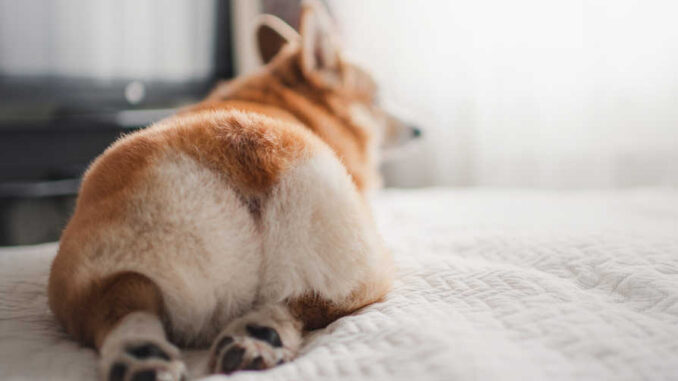
This article was updated on August 26th, 2023
Every once in a while in practice I’d have a client schedule an appointment because their dog had a swollen butt. When I examined their pooch, I would take time to explain the common causes of swelling around the anus and what to do about it.
This article will describe the most common causes of swelling around the anus and what signs you might see. We’ll explain what you can do for your dog at home and when you need to take him to the veterinarian. To help you be ready for the appointment, we’ll go over what you can expect during your visit and how the doctor can help your dog.
What to do if you notice your dog’s butt is suddenly swollen
Depending on the cause of swelling in your dog’s butt, there may be things you can try at home to help your furbaby before you visit the vet. If your dog’s symptoms are mild, some of these remedies may correct the problem.
- Apply warm compresses to either side of the anus to soothe irritated anal glands and help them drain
- Take your dog for walks to help stimulate defecation
- Apply a soothing cream to the irritated area with your vet’s approval
- Give your dog fiber broth or a fiber supplement to firm up loose stools
- Encourage your dog to drink water and feed canned food for constipation
If your dog’s condition shows no signs of improvement after 1-2 days, contact your veterinarian. It is important to remember that home remedies are generally NOT a substitute for veterinary care. Let’s review the signs that you need to call your vet about your dog’s swollen butt.
Signs that you need to see your vet
Sometimes, mild cases of constipation or impacted anal glands can be successfully treated at home. However, you should take your dog to the vet if:
- There’s no sign of improvement after 1-2 days of at-home treatments
- Your dog is constantly licking or biting at the swelling
- The swelling is oozing blood or pus
- The swelling is bright red, dark red, or black in color
- The swelling is large enough to interfere with your dog’s normal functions
- Your dog is straining to defecate/urinate
- Defecation is painful
- Your dog won’t eat
- Your dog acts depressed or lethargic
- You suspect your dog has a hernia, prolapse, or tumor
It’s important that you are aware of the possible causes of your dog’s swollen bottom, so that you can take appropriate action to get your dog the help they need. Let’s review the 5 most common causes.
5 most common causes of swollen bottoms in dogs
When it comes to swelling around the anus in dogs, anal glands are frequently the culprit, but not always. Let’s look at the top causes of swollen butts.
1. Anal Gland Issues
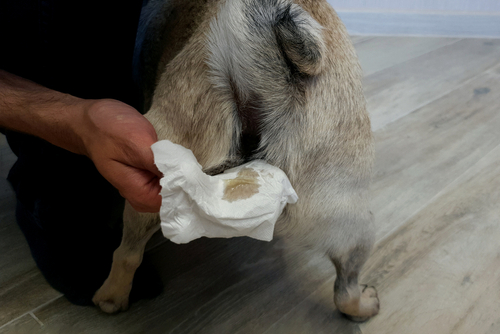
Location: Anal sacs are small glands located to the right and left of the anus
The most common cause of swelling around a dog’s anus is infected or irritated anal glands. Normally, the sacs on either side of the anus secrete a small amount of foul-smelling, oily liquid when a dog defecates. Frequently, anal glands become impacted when the sac’s ducts become inflamed. This can lead to swollen glands and possibly infection. You may notice
- Scooting – dragging butt across the floor
- Licking or biting at the rear
- Foul odor even after bathing
- Swelling and redness around the anus
- Abscesses with or without draining pus
How can I help my dog at home with anal gland issues?
Some people will recommend that you manually express or empty your dog’s anal glands. However, this should never be attempted without your veterinarian’s approval and direction. If done improperly or too frequently, manual expression of the anal sacs can damage the tissues and increase the likelihood of recurring problems.
Some things you can do at home to help comfort your pooch or encourage the anal glands to empty naturally include:
- Apply warm compresses/cloths soaked in water or salt water to the anal sac openings.
- Exercise your pooch to help stimulate defecation and encourage the ducts to open.
- Feed supplements such as omega-3 fatty acids, probiotics, and prebiotics to help reduce inflammation and encourage healthy digestion and firmer stools.
- Increase dietary fiber to firm up the stools(normally firm poop applies natural pressure to the anal glands inside the rectum to help empty them).
- As a long-term preventative measure don’t overfeed your dog(obesity increases the risk of anal gland problems).
How can the veterinarian help my dog with anal gland issues?
If your dog has impacted or infected anal glands, you should contact your veterinarian. Untreated anal gland issues usually lead to infections, abscesses, or ruptured sacs. Depending on the nature of your dog’s anal gland issues, the doctor may:
- Drain and flush the anal sacs
- Prescribe oral steroids to reduce chronic inflammation
- Lance and drain abscesses
- Prescribe antibiotics for infections
- Surgically remove the anal sacs in severe cases
Dogs with non-cancerous anal sac disease have a good prognosis. However, the condition may reoccur, Usually, treatment is fairly inexpensive, but severe cases may cost $500 or more.
2. Perianal tumor
Location: Perianal tumors appear as one or more nodules around the anus
Perianal tumors develop in tissues that surround the anus. Usually occurring in older, intact male dogs, these tumors can be either benign or malignant. Fortunately, they’re usually harmless. Signs of perianal tumors include:
- Round skin nodules around the anus possibly with bleeding
- Thickened tissue around the anus
- Scooting
- Excessive licking around the anal area
- Straining to defecate
- Rectal prolapse (mucous membranes from the rectum protrude out the anus)
- Increased thirst and urination
- Loss of appetite
- Lethargy
What is the treatment for perianal tumors?
At home, you can apply soothing creams to the irritated tissues around the anus. When you notice tumors, you should contact your veterinarian for an examination. Depending on the diagnosis, treatment may include.
- Removal of benign tumors using cryotherapy
- Castration if your dog is an intact male to reduce testosterone levels
- Surgical removal of larger, malignant tumors
- Chemotherapy and/or radiation therapy for malignancies
The prognosis for benign tumors is very favorable. When the tumor is malignant, the prognosis is poor, and treatment is primarily designed to improve your pup’s quality of life. If the tumor is benign, the cost of treatment and surgical removal is generally $500-1500. For malignant growths, including radiation or chemotherapy can reach $5000 or more.
3. Perineal hernia
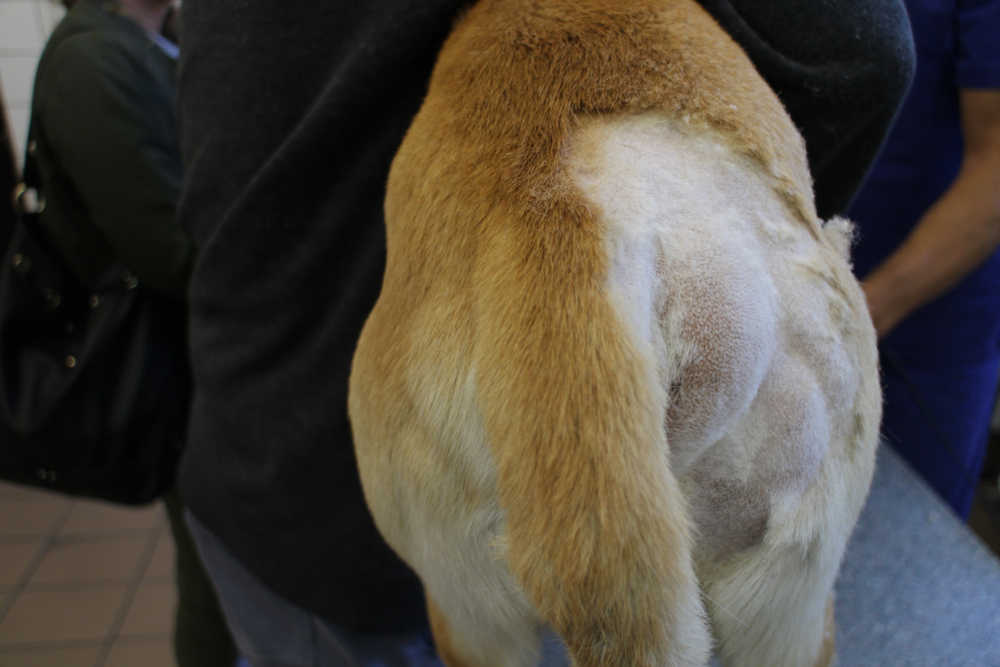
Arising from muscular weakness or a failure of the pelvic diaphragm, a perineal hernia can present with swelling on one or both sides of the rectum. Signs of this condition include:
- Swelling alongside rectum
- Constipation
- Difficulty with urination/defecation
- Change in tail carriage
- Lethargy
What is the treatment for perineal hernias?
Perineal hernias require surgical correction. Intact male dogs are also usually castrated during the surgery to reduce the chance of recurrence. Prior to surgery, your veterinarian may provide supportive care, including:
- Enemas and stool softeners
- IV fluid therapy
- Pain medications
- Dietary management to prevent obesity
Generally, the prognosis for recovery after surgical repair is favorable. However, the condition can recur in 10-50% of cases. The cost of surgery usually ranges from $1200-1800.
4. Rectal prolapse
Location: Rectal prolapses will protrude from the anus
Dogs can suffer from a rectal prolapse at any stage of life but usually occurs in conjunction with abdominal straining. Therefore, the condition is most commonly seen in females when they give birth or in puppies. With rectal prolapse, all or part of the rectal layers protrudes out of the anus. Signs of rectal prolapse include:
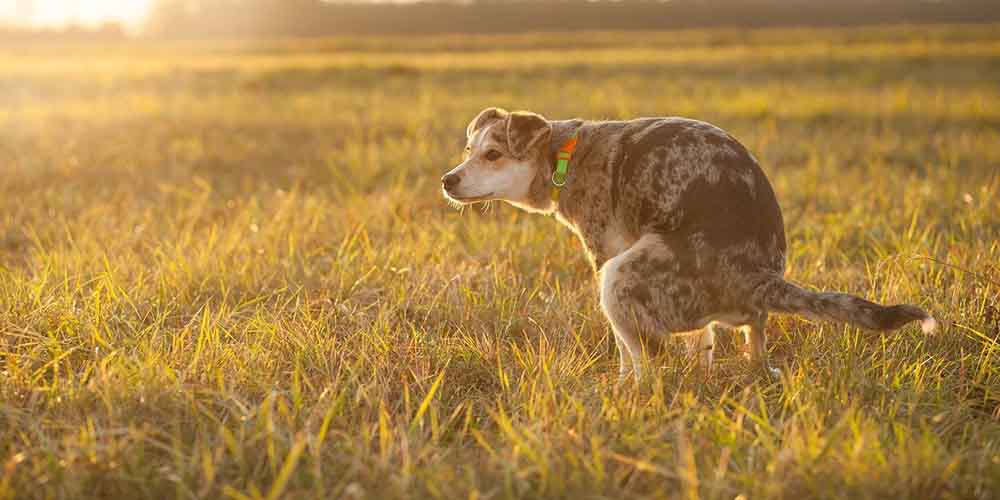
- Reddened sausage or donut-shaped mass protruding from the anus
- Straining to defecate/urinate
- Taking longer to poop
- Abdominal distension
- Stool is dryer or runnier than usual
- Blood in stool
- Bad odor
What is the treatment for rectal prolapse?
If you see tissue protruding from your dog’s anus, take him to the veterinarian as soon as possible. The doctor will examine the mass and confirm its origin. For rectal prolapse, the treatment will depend on the severity.
For partial or mild prolapses, the vet may:
- Sedate your dog or use local anesthesia
- Gently clean the tissue
- Apply sterile lubricant
- Apply medication to the prolapsed tissue to reduce swelling if needed
- Replace the tissue
- Apply a purse-string suture to prevent a recurrence
- Prescribe pain medications and stool softeners to reduce straining
If the prolapse is extreme, your veterinarian may decide to surgically remove the diseased tissue and connect the remaining healthy tissue to the anus. When dogs have recurring prolapses or non-responsive training, your dog may need a colopexy, which is a surgical attachment of the large intestine to the abdominal muscles.
The prognosis for rectal prolapse is generally favorable, although the condition can reoccur in some dogs. As a result, you’ll need to monitor your dog and should consider making dietary changes for the rest of his life. On average, the cost to treat a rectal prolapse is about $850, but severe cases can run $2000 or more.
5. Constipation
Constipation occurs when dogs stop producing normal stools at regular intervals. They may strain without pooping or pass rock-hard pellets. With constipation, the anus will appear swollen from straining. Signs of constipation include:
- Swelling around the anus
- Straining to poop
- Pain or difficulty during defecation
- Dry or hard feces
- Small quantities of liquid stool mixed with mucus
- Irregular or infrequent defecations

How can I help my dog at home when he’s constipated?
Usually, constipation is mild and treatable at home. Consult with your veterinarian before you try anything. Some ways you can help your dog at home include:
- Add pure, canned pumpkin or dehydrated pumpkin to your dog’s food
- Feed canned food to increase liquid intake
- Exercise your dog
- Use a stool softener or laxative if your vet approves
What will my vet do to treat my constipated dog?
If your dog’s condition is severe, the veterinarian may need to
- Give your dog an enema
- Manually remove the feces
- Prescribe drugs to stimulate normal colon function or block certain enzymes
- In severe(and very rare) cases, surgical removal of a section of the colon
The prognosis for constipation is usually favorable. In most cases, it is infrequent and controllable with dietary and lifestyle management. When fecal impaction calls for veterinary treatment, the cost can run anywhere from $1200-5000.
How can I figure out why my dog’s butt is swollen?
You may be wondering if you’ll be able to diagnose the cause of your dog’s swollen butt. The appearance and location of your dog’s swelling relative to the anus may help you narrow down the possibilities, but there are overlapping symptoms.
- Anal sacs are small glands located to the right and left of the anus
- Perianal tumors appear as one or more nodules around the anus
- Perianal hernias usually occur below and to the side of the anus
- Rectal prolapses will protrude from the anus
- With constipation, the anus will appear swollen from straining
If you’re having trouble determining the cause of your dog’s swollen butt, contact your veterinarian. A definitive diagnosis may only be possible with a physical examination and diagnostic testing.
How can the vet help my dog?
When you take your dog to the veterinarian, he’ll start with a history of your dog’s symptoms including dietary changes, changes in behavior, and any recent illnesses. Then, the doctor will
conduct a physical exam including a rectal examination. Depending on the initial findings, he may run diagnostic tests such as
- Stool sample for culture and to check for parasites
- Blood tests including
- CBC
- Blood panel
- Blood glucose
- Urinalysis
- Abdominal x-rays to check for hernias
- Tissue biopsy or fine needle aspiration of lumps for cytology
Once your vet identifies the reason for the swelling and the underlying conditions that triggered it, he will treat your dog accordingly.
What can I do to prepare for my veterinary visit?
You can prepare for your veterinary appointment in several ways.
First, anticipate the types of questions your veterinarian will ask. If you’re not dealing with your regular provider, the doctor will want to know your dog’s medical history and if he’s on any medications. The vet will also ask when you noticed the swelling and what, if anything you did at home. You can also expect him to inquire about your dog’s diet and any recent changes. If your dog is producing stool, you should also collect and bring a fresh fecal sample for veterinary evaluation.
Related posts:
Disclaimer: This website's content is not a substitute for veterinary care. Always consult with your veterinarian for healthcare decisions. Read More.


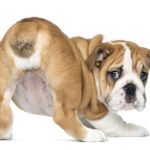
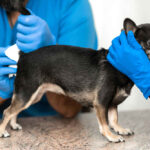

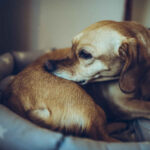

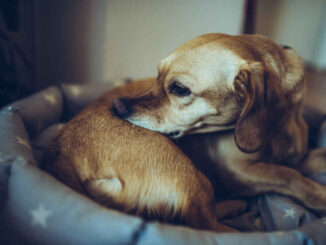

Be the first to comment